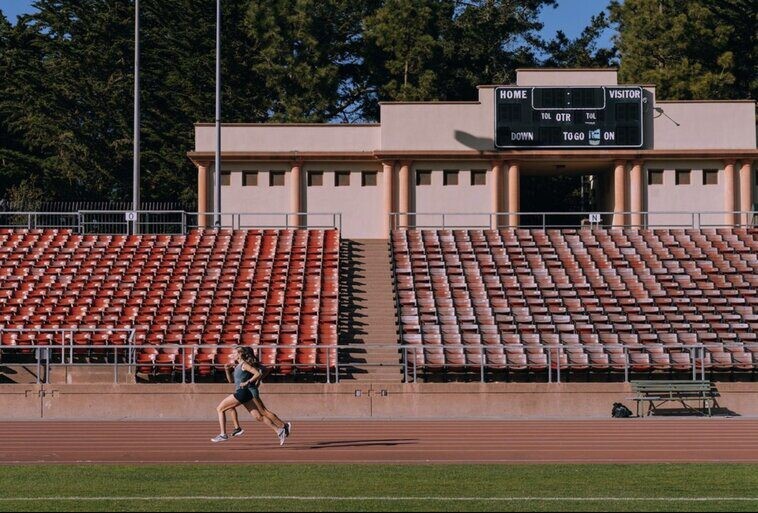Running News Daily
Running News Daily is edited by Bob Anderson. Send your news items to bob@mybestruns.com Advertising opportunities available. Train the Kenyan Way at KATA Kenya and Portugal owned and operated by Bob Anderson. Be sure to catch our movie A Long Run the movie KATA Running Camps and KATA Potato Farms - 31 now open in Kenya! https://kata.ke/
Index to Daily Posts · Sign Up For Updates · Run The World Feed
Here’s how to run a Magic Mile to predict race performance
When long-time running coach and Olympian Jeff Galloway needed a way to predict race performance for his clients (given appropriate training) for multiple distances, he did some research. Galloway spent a decade trying various formulas and using data from the athletes he worked with and his many coaching programs and running retreats, and discovered that the most accurate predictions came from using a one-mile time trial. Galloway calls this workout the magic mile (MM).
The data from a simple one-mile time trial can be used to accurately predict the slowdown that occurs over distance in a 5K, 10K, half marathon and marathon. It can also be a great tool for monitoring progress as you train. Here’s how to run your own MM and how you can use it to predict your own performances on an ideal race day.

Running a MM
Galloway suggests running a MM roughly every two weeks, to monitor progress and have the most accurate mile measurement at the end of your season. If you’re not concerned about exact details and just want a good estimation of your capabilities, inserting one into your training plan when curiosity strikes you is fine, too (just plan it for a day that you have fresh, well-recovered legs).

A track is the simplest way to measure your MM, although GPS data and a stretch of flat road works great as well). If you opt for the road, make sure to measure your distance several times before you run your MM–accuracy counts in this calculation.
Warm up with 10 minutes of very easy running, followed by a few accelerations to get your legs ready for a speedy mile run (a mile on a standard 400-meter track is four laps around the inside lane).
Pace yourself as even as possible over each 400-meter stretch. If you’re able to, note how fast you ran each quarter-mile, or take a look afterward at your data for future comparison. Be careful not to take off too hard at the start–run about as hard as you can at an even pace for one mile, without pushing yourself to the point of feeling like you’re going to puke. At the end of the mile, you should feel like you wouldn’t be able to maintain more than a few hundred meters more at that pace.
Cool down by jogging or walking for 10-15 minutes.
How to calculate
You can use the magic mile calculator on Jeff Galloway’s website to work out your training and race paces based on your MM time. If you use min/km to train, you can adjust the pace by dividing by 1.6.
The calculation uses the following formula for pace in miles (we’ve added kilometers, as well):
Add 33 seconds to your magic mile for 5K pace (in miles). To calculate 5K pace in min/km, divide your magic mile time by 1.6 and add 21 seconds.
Multiply your magic mile time by 1.15 for 10K pace (per mile) or by 0.71 for min/km
Multiply your magic mile time by 1.175 for 16K (10 mile) pace or by 0.73 for min/km
Multiply your magic mile time by 1.2 for half marathon pace or by 0.75 for min/km
Multiply your magic mile time by 1.3 for marathon pace or by 0.81 for min/km
by Running Magazine
Login to leave a comment




